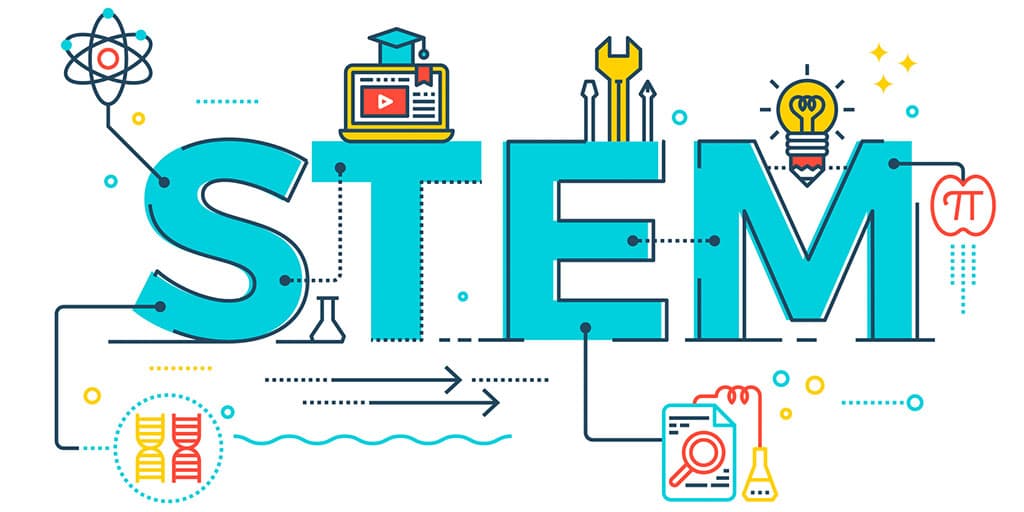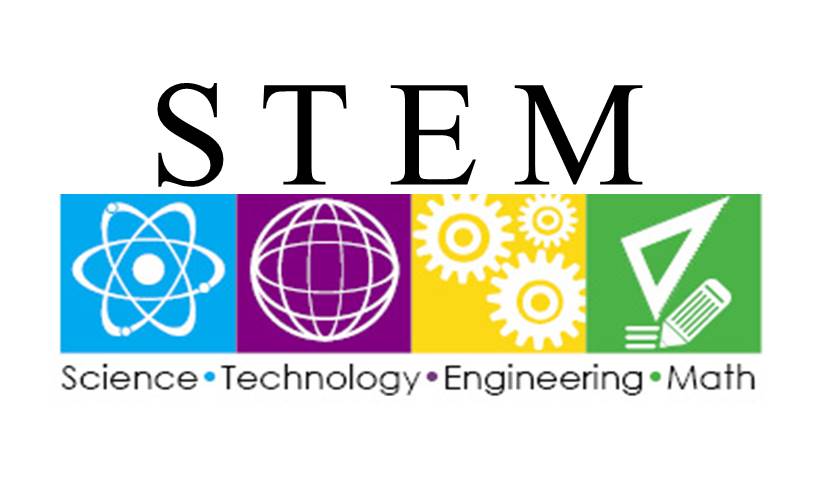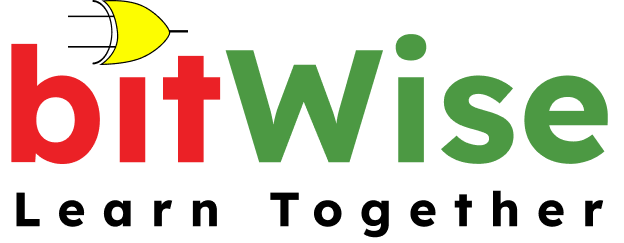WHAT IS STEM?
STEM is an acronym that stands for Science, Technology, Engineering, and Mathematics. It is a multidisciplinary approach to preparing the students of today to meet the opportunities of tomorrow. At a basic elementary school level, the current education system teaches core concepts in science and mathematics. What students are not exposed to is the application of such core concepts to interdisciplinary fields that encompass engineering and technology. An integrated approach that weaves in computing and practical learning experiences along with critical thinking, creative problem solving will help students apply the core concepts they learn in math and science successfully.


WHY STEM?
Future career opportunities are exploding in several multidisciplinary fields that leverage practical STEM concepts, along with computing and data science. Never before in the history of global paradigm shifts have so many fields started to sprout and grow at a rapid pace. Rapid advances in computing power, technology, material science, life science, and many other areas have resulted in a resurgence and evolution of traditional engineering fields as well as reinvented or created brand new fields such as robotics, IoT, virtual reality, artificial intelligence, biotechnology, nanotechnology, 3D printing and additive manufacturing, space exploration, autonomous vehicles, and many more. Students who get started early in STEM concepts have a better chance to discover what areas interest them and then acquire sufficient exposure during K–12 and go on to pursue interdisciplinary fields in college.
THE NUMBERS GAME
So, how do we know that STEM will play a vital role? According to the Bureau of Labor Statistics, Here are some eye-opening facts on computing and STEM:
- Computing occupations make up 58% of all projected new jobs in STEM fields
- Only 8% of STEM graduates study Computer Science
- 35% of U.S. high-schools offer C.S. classes
- 91% of parents want their students to learn C.S., and 93% of parents want their child’s school to teach C.S.
- There are more than 500,000 open computing jobs in the U.S. at this time
- Computing jobs are growing outside the tech sector, and in fact, 67% of computing jobs are currently outside the tech sector.
The financial implications of a STEM / C.S. career are compelling as well, indicated by the image Right.

STEM AT BITWISE ACADEMY
At bitWise Academy, we live and breathe STEM and Computer Science. We strive to expose students to several fields and leveraging sophisticated machine learning and artificial intelligence algorithms; we can understand an individual student’s mindset and skillset. We can understand learning styles, track student progress, their interests, detect mastery of concepts or lack of understanding, and a variety of other traits to build unique cognitive blueprints of each individual student. This allows adapting and personalizing the learning path to that student. Students can thrive and maximize their learning potential.
As students pursue various courses, bitWise Academy provides tools, a study buddy in the form of chatbots, immersive learning experiences, community support, and a friend’s circle, and targeted and specialized curated content to ensure that students are engaged and immersed in the learning experience. We also provide detailed reports to parents to understand and track student progress.
Education at all levels in science, technology, engineering, and mathematics—STEM—develops, preserves, and disseminates knowledge and skills that convey personal, economic, and social benefits. Higher education provides the advanced work skills needed in an increasingly knowledge-intensive, innovation-focused economy and society.
- National Science Foundation
